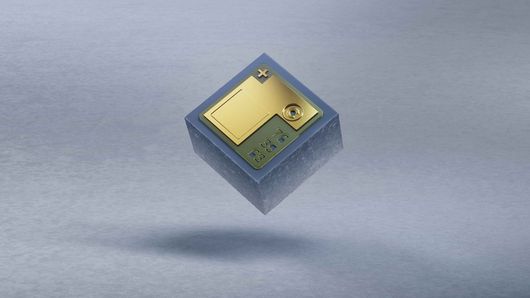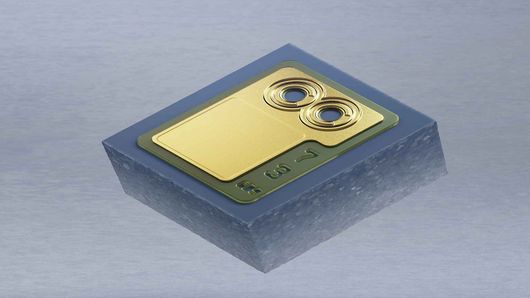3D sensing solutions using VCSELs are already in use across many industries, including consumer devices and electronics. Optical 3D sensing relies on cutting edge VCSEL technology to provide high-end illumination for various applications, including proximity sensing, facial recognition, camera autofocus systems and eye-tracking.
VCSELs for state of the art 3D sensing in consumer devices
Why use VCSELs for consumer 3D Sensing in electronics devices?
Consumer electronics is a key industry for 3D sensing applications. And VCSEL technology is the main cutting-edge technology that supports advanced illumination sources for optical sensing. Camera autofocus and systems 3D sensors in smartphones and tablets benefit from VCSEL laser arrays. They are ideally suited for highly integrated 3D sensors and demanding applications requiring compact dimensions and high performance.
VCSEL chips are technically optimal for time-of-flight (ToF) distance, structured light and self-mixing interference (SMI) sensors due to their power consumption class and radiation characteristics.
It was in 2015 that the smartphone industry first used a VCSEL for proximity sensing. TRUMPF was the proud supplier of that VCSEL, creating an industry milestone and innovation in the mobile 3D sensor technology market. Besides smartphones and tablets, today VCSELs are the ideal solution for many eye-safe optical 3D sensing applications, such as wearables, AR/VR glasses and other mobile devices in the consumer market.
Almost two billion VCSELs installed in sensors in the field with no reported failures.
VCSELs are very compact and can come with integrated functions such as monolithically integrated micro optics.
Polarization controllable VCSELs enable high illumination quality and serve under display applications.
By adding smart functionalities to VCSEL laser diodes, such as integrated photodiodes or micro-optics, VCSELs provide even more added value as a light source for sensors.
VCSELs emit infrared light that’s invisible to the human eye.
Let's connect!
Connect with our consumer sensing experts one-on-one to explore and solve your specific needs.
Where is VCSEL technology used in consumer 3D Sensing applications?
Many consumer 3D sensing applications require the advanced illumination that VCSELs support. Consumer electronics devices integrating 3D sensors include smartphones, tablets, VR/AR goggles, mobile wearables and other devices. Ongoing trends in consumer electronics address miniaturization and performance. Biometric security and facial recognition as well as camera systems in smartphones and tablets require compact dimensions and ever-increasing performance demands. VCSELs with integrated functionalities such as an integrated photodiode can also be the right solution for eye-tracking applications in VR/AR goggles and input, gesture and movement devices.
Mobile Applications

Structured light generated by a VCSEL light emitting source is ideal for facial recognition sensors and security applications. A face is scanned by a multimode VCSEL which communicates with a sensor system for identification purposes. Typical uses are biometric security applications to unlock a smartphone or authorize mobile payments.
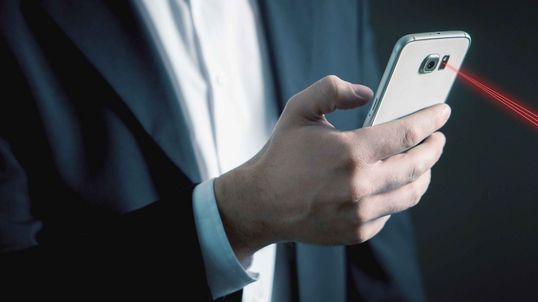
Highly accurate proximity sensing is enabled by compact 940 nm VCSELs. In mobile phones, proximity sensing is a key application. It enables a mobile device to automatically turn a loudspeaker on or off, to detect a nearby presence and turn on the display for a security scan, etc.

Camera auto focus is a typical 3D sensing application in smartphones that’s based on depth-sensing technology. Cameras use highly precise Time-of-Flight (ToF) applications with real-world sensor data that single-mode VCSEL arrays can support.
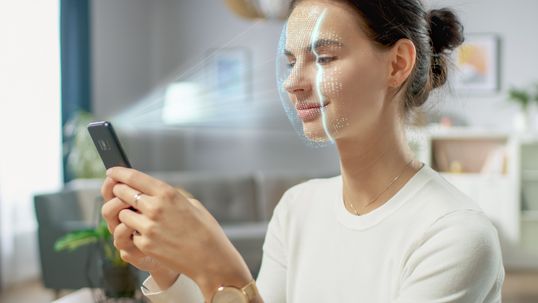
Smartphones or tablets use infrared laser light to illuminate the user’s face for taking pictures. Multi-mode VCSEL arrays offer small spectral width and outstanding temperature performance, which delivers excellent camera system performance.

Implementing optical sensing technologies underneath displays is a trend for all-screen-display solutions. Multimode VCSELs with stable and advanced linear polarization improve the illumination quality and resolution in demanding 3D illumination applications such as optical sensing through OLED displays.
Consumer Electronics
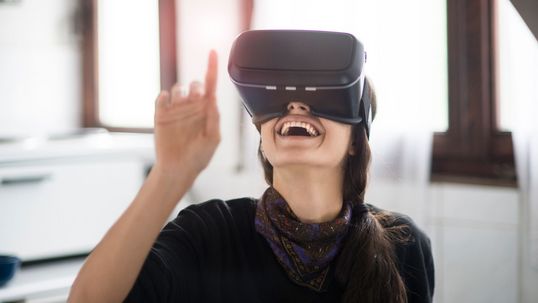
For AR and VR goggles, a mix of laser functionalities such as proximity depth sensing, gesture control, presence detection and eye-tracking is required. Self-mixing interference (SMI) applications enable distance and velocity measurement simultaneously and perfectly meet the needs of AR or VR devices.
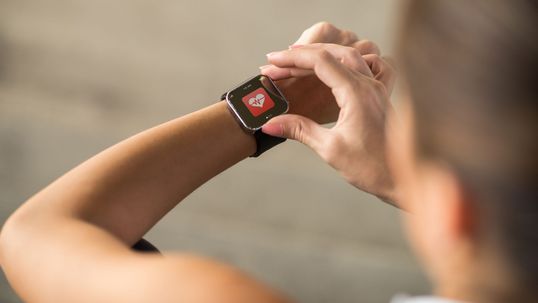
Demand for mobile wearables with medical capabilities is rapidly increasing. Devices such as smart watches or fitness bracelets are becoming more and more popular for measuring, monitoring and recording vital signs such as heart rate and blood pressure.
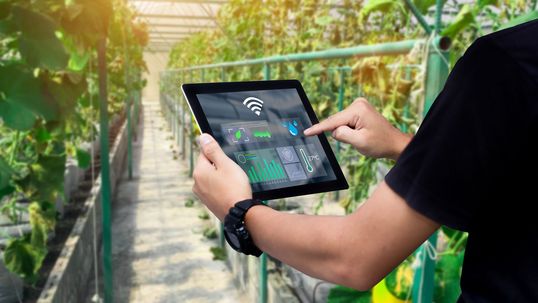
Besides human health sensing applications, the environment can be monitored for humidity or temperature sensing. Smart sensors like humidity sensors, position sensors, pressure sensors, motion sensors and other types of application-specific sensor technology can help customers who design products for the consumer electronics market and the electronic sensor market.





